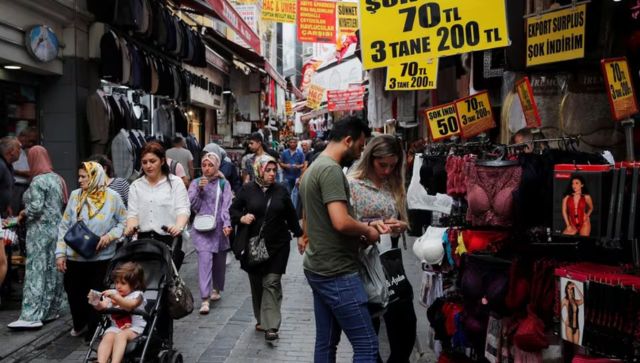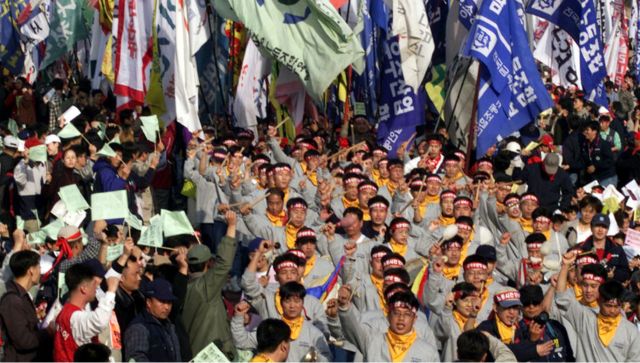While Uber had a rough start in India, the ride sharing service is growing (in size) by the day and this applies to the company at a global level as well. So what is Uber’s secret recipe to success? In short, it is dynamic pricing. And for now, the model seems good enough to engage both Uber drivers to join the service and Uber riders to take a ride at a justifiable price. It’s all about supply and demand at that very moment, which tells Uber’s algorithms to do its thing and keep both the customer and the driver happy.
What Uber customers want
Well, the answers seem to be straightforward and out there. Uber customers want a driver who would never say no to them, no matter how short the distance. That’s the catch here. Uber’s model is the reason why everyone flocks to their service instead of the usual kaali peeli driver, who will by default look the other way (no expressions are must). It’s that growing frustration of being ignored over the years that has led to the success of app taxi services like Uber and Ola. Then there’s the fact that the cabs are clean and well-maintained with air conditioning (gone are those sweaty summer rides) and of course, the all-important pricing which changes according to demand.
Minimum wage
But this model which seems like a slice of heaven for both riders and drivers could be at stake in the near future. What is happening in the US is a clear example of this dark future where Uber drivers (not fleet owners) are demanding for minimum wage. According to reports, drivers in San Francisco are demanding a minimum wage of $15 per hour from Uber and this could change things drastically for both riders and drivers.
Surge Pricing aside, Dynamic Pricing is balance between the customer who is hunting for a cab and the Uber driver who is looking for a customer. Add a fixed minimum wage to this and not only will Uber bleed money, but it will have to take a bigger cut from drivers (currently between 20-30 percent), increasing fares by a certain margin. While a fixed wage translates into a fair day’s salary, it also means that drivers will be less motivated to take up more rides. This leads to a frustrated customer who fuels the complex equation by means of payments. And frustrated customers are not good for business!
Car-less drivers
Well, as pointed in the second paragraph, technically this should not be the problem. But there are more than could emanate from this idea of minimum wage.
Car-less drivers are a growing problem as many see it. It is a grey area where an owner of a fleet of cars rents out a car to drivers who cannot afford their own car. While it provides the Uber driver with a car to make money with, nobody (including Uber) has a clue as to what drivers get paid. Owners can decide the set minimum amount and this ruins the Uber experience as the driver could be chasing the owner’s goals to ensure that his are met. With that its seems like a problem that is similar to overfishing.
From what I know, Uber has an incentive plan for its drivers. Complete 16 rides in a day and you get an incentive of Rs 6,000. So Uber drivers in India long for shorter rides instead of the longer ones. But thanks to the dynamic pricing algorithm, everyone gets equal treatment (it almost seems like magic). But with the fleet owners taking a large chunk of profits, Uber drivers will look to overfish and in the process ignore long trips.
While this works well for customers who travel shorter distances it’s not a great idea for those who travel longer distances on a regular basis (and there’s plenty for both). With Surge Pricing in the picture, things take a complete u-turn when you place a middleman (fleet owner) in the picture.
Does Uber know about this? As of now it does not seem that way, but the ride-sharing service is trying to get riders to stand on their own feet by leasing cars to drivers in India. The programme asks Uber drivers to pay a security deposit to be a part of the initiative, along with a monthly lease payment. In return, drivers get the option to own the vehicle after a couple of years.
Minimum wage in India?
In a fictional scenario, Indian Uber drivers demanding for minimum wages will technically make no sense as it goes against Uber’s own model that keeps Uber, the driver and the customer satisfied with what they get from the service. This would transport Uber drivers back to the Stone Age, a world where everyone gets a fixed income and is not motivated to work harder.
Imagine a laid back Uber driver who ignores rides because the minimum wage saves him anyway. Now imagine a laidback Uber service, where a frustrated customer simply cannot get a ride no matter how great a distance, or how much he/she is willing to pay for it. This would be a rather sticky situation for any taxi service to be in.
Additionally, if Uber drivers do get minimum wage, I can imagine the kaali peeli taxi drivers asking for the same, which could lead to a chain reaction with the government banning the dynamic pricing model and radio cabs altogether, that could in a way have saved the humble taxi.
)
)
)
)
)